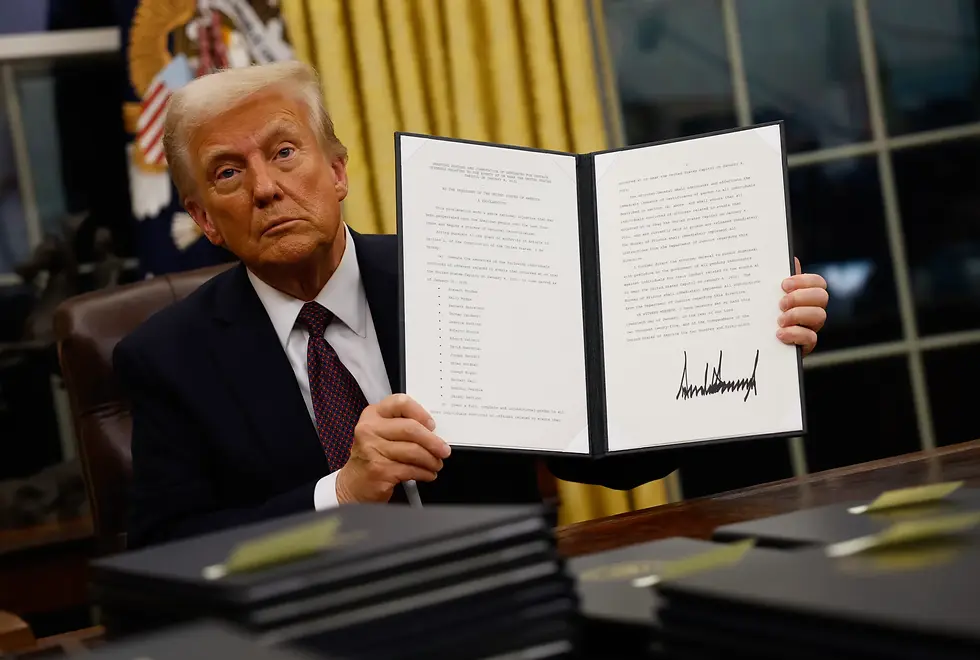How China's Big Push for STEM in Elementary Schools Could Impact the U.S.
- Harshit Chaturvedy
- Jun 27
- 2 min read

In June 2025, President Donald Trump proposed cutting 75% of the national STEM education fund, specifically targeting the National Science Foundation. This move by President Trump was questioned by many, as other global superpowers were heavily investing in education. One of the leading country is China, where they are rapidly expanding their access to STEM education—as early as elementary school. While the United States is unsure about its priorities, students in China are already tackling basic coding, robotics, and artificial intelligence. China's great focus on education set them up to be an international leader in the field. This difference in education funding will lead to long-term results internationally, having a key impact on the global economy as well.
As a student passionate about STEM, I wanted to explore what this means for the U.S. learners and the future job market. Can the U.S. keep pace with lower funding?
At face value, lower funding equates to an effective gatekeep for universities and schools. Modern equipment, education grants, and research opportunities are all products of adequate funding. When funding becomes tighter, a ripple effect is carried on the products, effectively making education selective.
On the flip side of the spectrum, China has a keen focus on education and is strategically aligning their national priorities with start-up industries. China has committed billions of dollars to becoming an international leader in artificial intelligence (A.I.) by the year 2030. The United States risks falling behind on emerging industries, which would not only result in a talent shortage but also a risk to American competitiveness in sectors like cybersecurity and clean energy. This in itself leads to another issue of bringing high-skill talent into the country through H-4 visas, which would be further accentuated.
Without federal support, tech giants such as Google and Apple may fund select programs, but those efforts only target well-resourced, urban areas and leave rural areas at a disadvantage. This widening divide may lead to a future where STEM education becomes strictly a privilege.
If the U.S. wants to maintain its position as a global innovation leader, it will have to reconsider how it allocates money to education. Education isn't simply a one-and-done cost; it's an investment for the future workforce, economy, and innovation. We should consider, are we willing to sacrifice long-term prosperity with short-term savings?
As I reflect on these problems, I'm happy to be part of the solution. I founded my non-profit organization, STEM Sprouts, to give back to the community by involving elementary children in STEM. Even though national priorities have shifted, I truly believe that STEM education should be accessible for everyone.
_ed.png)

Nice work!
Good insights!!